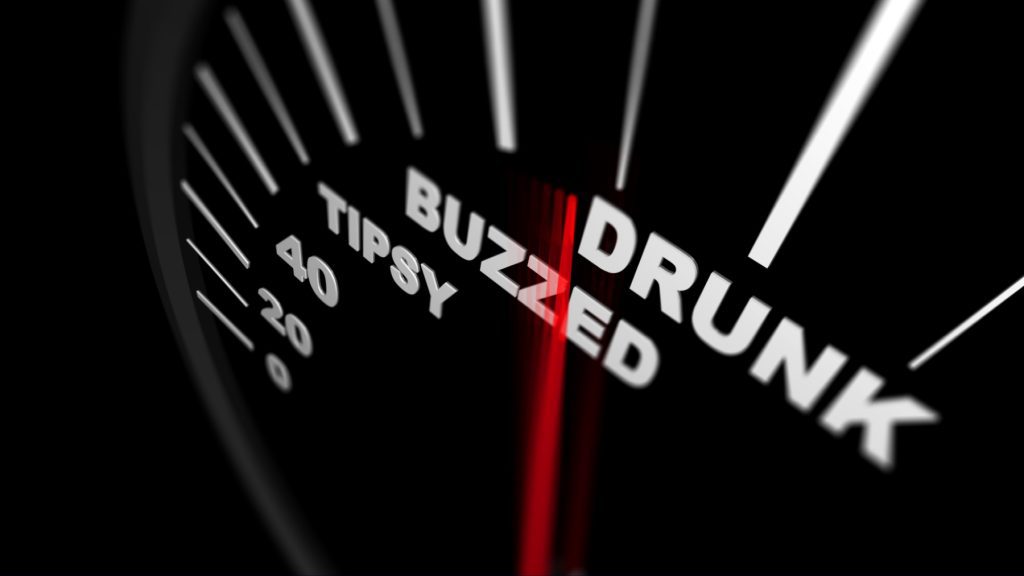
The Institute of Electrical and Electronics Engineers (IEEE) and Computer Vision Foundation (CVF) researchers developed a new algorithmic AI-based technology to enable vehicle computers to detect drivers’ intoxication level, through facial expression analysis.
This innovation was outlined in a paper published on April 9, giving vehicles the ability to evaluate the driver’s temperance once they enter their car with 75% accuracy.
AI Taking Over Traditional
Traditional methods of detecting drunk drivers are used to analyze their driving behavior, such as steering patterns, the use of pedal, as well as speed variations, which required the car to be in motion for a certain period of time.
This new method, on the other hand, requires nothing but the enablement of a single-color camera to monitor some parameters, such as the driver’s head position and vision.
The system can also include 3D and infrared images of the driver’s face, reversing camera footage showing their posture, in addition to data on steering interactions, event logs, and recordings of driving behavior.
A Preventive Power
Ensiyeh Keshtkaran, a doctoral student from Edith Cowan University in Australia who was part of the project emphasized that this new system has preventive capabilities, adding that their “system has the capability to identify intoxication levels at the beginning of a drive, allowing for the potential prevention of impaired drivers from being on the road.”
Keshtkaran further explained that the software can smoothly be integrated to the digital systems applied to smart vehicles, including eye tracking and driver monitoring systems, making it applicable to other platforms like smartphones.
The study involved video recordings of drivers from different ages, drinking habits, and driving experiences using simulators at three levels of intoxication: sober, slightly intoxicated, and heavily intoxicated.
The algorithm was successfully able to identify signs of intoxication, such as bloodshot eyes, flushed faces, droopy eyelids, and dazed expressions, with a 75% accuracy rate.
Syed Zulqarnain Gilani, senior lecturer at Edith Cowan University and lead on the project, highlighted that the team will be working on improving the resolution of the images and the predictions accuracy.
“If low-resolution videos are proven sufficient, this technology can be employed by surveillance cameras installed on roadside,” said Gilani in the statement.
On a related note, the World Health Organization (WHO), estimated that alcohol consumption led to 20% to 30% of car accidents worldwide. While in Australia, 30% of deadly car crashed were due to high levels of alcohol consumption
Final Thoughts
The technology of AI Vehicle computers itself is a major advancement in fighting a unified global threat, which is road safety. By detecting intoxicated people before just starting the car, it is saving lives, despite its accuracy rate of 75%, which means it is still far from fulfilling its full capacity, but at least it’s one step forward towards something good.
Inside Telecom provides you with an extensive list of content covering all aspects of the tech industry. Keep an eye on our Community section to stay informed and up-to-date with our daily articles.